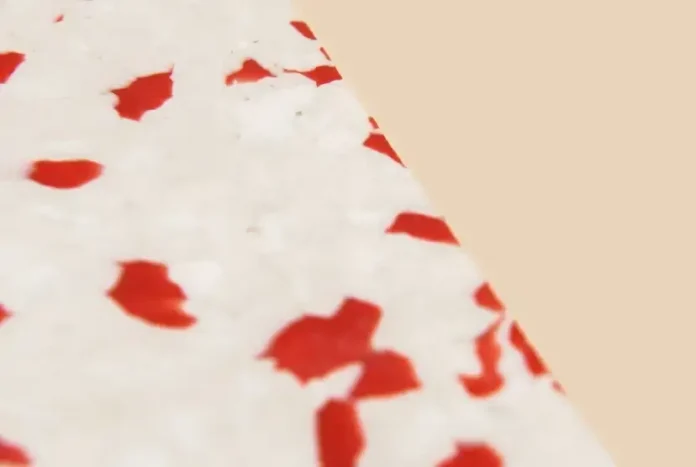
It’s quite simple: the more materials we extract, the fewer are left. Today, we use more materials than the planet can sustainably offer, which means that the supply of raw materials is associated with increasing risks — tied to factors such as price volatility, availability and import
dependency. Researchers and a new generation of innovative companies are bringing solutions and inspiring materials to the market that could rebalance things in the future (SPACE10, 2017).
Those emerging materials, whether biologically engineered or reclaimed from waste, represent environmentally friendly alternatives to our current supply. The building blocks of design are being rethought (SPACE10, 2017).
Biodegradable objects: back to nature
Humans are the only species on Earth that produces waste. Everywhere else in nature a material that has served its purpose — be it from a plant or an animal — decomposes and transforms into nutrients that can be used as building blocks for new plants and animals.
Examples:
Bogobrush, it has introduced a biodegradable toothbrush that you can throw on your compost pile after it has worn out. It is made of plant-based bioplastic that will safely return to nature.
Kuskoa Bi, has introduced a biodegradable toothbrush that you can throw on your compost pile after it has worn out. It is made of plant-based bioplastic that will safely return to nature. Made of polymers similar to plastic, bioplastic is made from 100 percent plant-based renewable resources such as corn starch, sugarcane and beets.
Piñatex by Ananas Anam is a sustainable alternative to leather made from pineapple leaf fibres. Piñatex fibres are the by-product of the pineapple harvest, which means no extra land, water, fertilisers or pesticides are required to produce the raw material.
Solid Textile Board is a high-density material made from end-of-life textiles and cut-offs from Kvadrat.
Ecovative is a company pioneering mycelium technology, by growing high-performance, award-winning biomaterials out of mushrooms. The materials are safe, healthy and certified sustainable.
Personal notes:
More objects. The objective must change even if we are working on creating more objects, either experimentally or for production. From different areas, progress is being made in the subject and study of materials, but there is still a gap between laboratory and production. There are many proposals for implementation, but few are taken to the next stage.
SPACE10. (2017, July 14). Chapter 4 – living in a material world: Rethinking the building blocks of Tomorrow. Medium. Retrieved January 15, 2023, from https://medium.com/space10-imagine/chapter-4-living-in-a-material-world-rethinking-the-building-blocks-of-tomorrow-78b786bfe8c0



